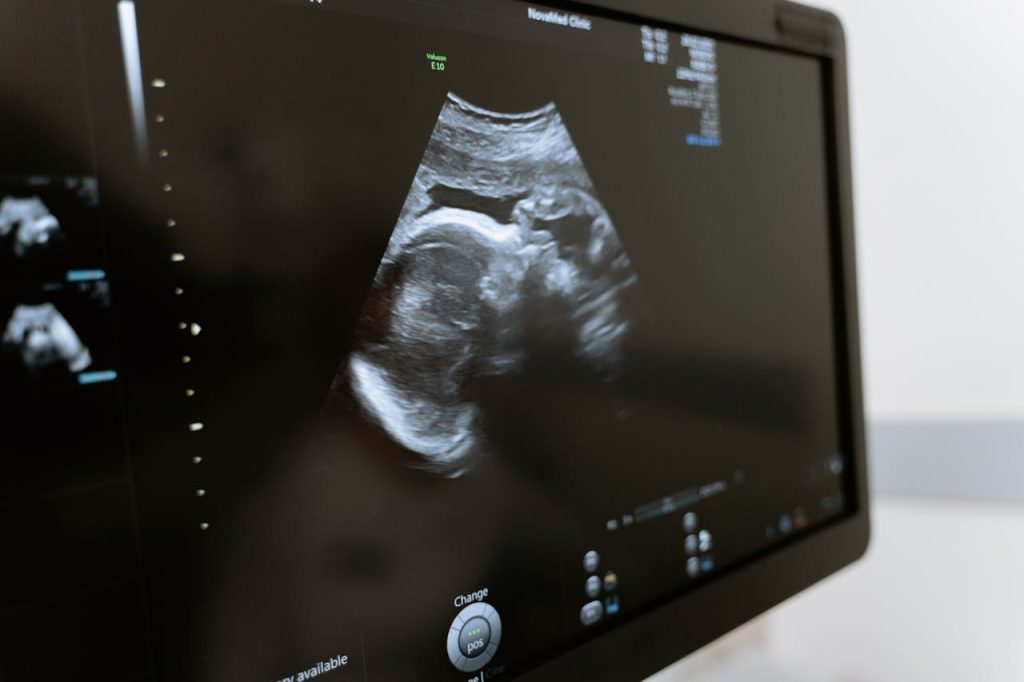Implantation Bleeding: Understanding this Early Pregnancy Sign
Implantation bleeding is a natural and early sign of pregnancy, occurring when a fertilized egg implants itself into the lining of the uterus. This process typically takes place around 6 to 12 days after ovulation and fertilization, which is usually a week before the expected start of the menstrual period. It is triggered by hormonal changes, particularly the rise in human chorionic gonadotropin (hCG) levels, which begins after implantation.
The appearance of implantation bleeding is often light and may vary in color from pink to brown. Unlike menstrual bleeding, it is typically scanty and may only be noticed when wiping after urination or as a few drops on underwear. The blood may appear diluted or mixed with cervical mucus. Implantation bleeding is usually shorter in duration, lasting from a few hours to a couple of days.

Physiological Process
Implantation bleeding occurs when a fertilized egg, also known as a blastocyst at this stage, successfully travels down the fallopian tube and embeds itself into the thickened lining of the uterus, called the endometrium. This process typically occurs around 6 to 12 days after ovulation and fertilization, which is usually a week before the expected start of the menstrual period.
Symptoms
Along with light bleeding, some women may experience other symptoms during implantation, such as mild cramping or bloating. These symptoms are often similar to those of premenstrual syndrome (PMS), which can make it challenging to differentiate between implantation bleeding and the start of a menstrual period.

Hormonal Changes
After fertilization, the blastocyst begins to produce a hormone called human chorionic gonadotropin (HCG). This hormone is responsible for maintaining the corpus luteum, a structure in the ovary that produces progesterone. Progesterone is crucial for maintaining the endometrial lining and supporting early pregnancy. The rise in HCG levels triggers changes in the endometrium, making it more receptive to implantation.
Appearance and Characteristics
Implantation bleeding is typically light and may vary in color from pink to brown. The blood may appear diluted or mixed with cervical mucus. Unlike menstrual bleeding, which can be heavier and may involve the passage of blood clots, implantation bleeding is usually scanty and does not require the use of pads or tampons. It may only be noticed when wiping after urination or as a few drops on underwear.

Timing and Duration
Implantation bleeding occurs earlier in the menstrual cycle than a typical period and is often one of the first signs of pregnancy. It usually lasts for a short duration, ranging from a few hours to a couple of days. The timing of implantation bleeding can vary slightly among women, but it typically occurs between 6 to 12 days after conception.
Differentiation from Menstrual Bleeding
Distinguishing implantation bleeding from menstrual bleeding or other causes of vaginal bleeding can be challenging. However, there are some key differences. Implantation bleeding is generally lighter, shorter in duration, and may occur earlier than expected menstrual bleeding. Additionally, accompanying symptoms such as mild cramping or bloating may help differentiate implantation bleeding from a regular period.

Confirmation of Pregnancy
While implantation bleeding can be an early indicator of pregnancy, it is not definitive proof. The most reliable way to confirm pregnancy is through a pregnancy test, which detects the presence of hCG in urine or blood. Pregnancy tests are most accurate when taken a few days after implantation bleeding or after a missed period.
Medical Evaluation
While implantation bleeding is usually harmless and resolves on its own, it’s essential to consult a healthcare provider if you experience heavy bleeding, severe pain, or other concerning symptoms. In some cases, vaginal bleeding during early pregnancy may indicate complications such as an ectopic pregnancy or miscarriage, which require medical attention.

In summary, implantation bleeding is a natural and normal occurrence during early pregnancy, resulting from the implantation of the fertilized egg into the uterine lining. Understanding the timing, characteristics, and differentiation from menstrual bleeding can help women recognize this early sign of pregnancy. However, it’s crucial to confirm pregnancy through a reliable test and seek medical advice if experiencing any concerning symptoms.

